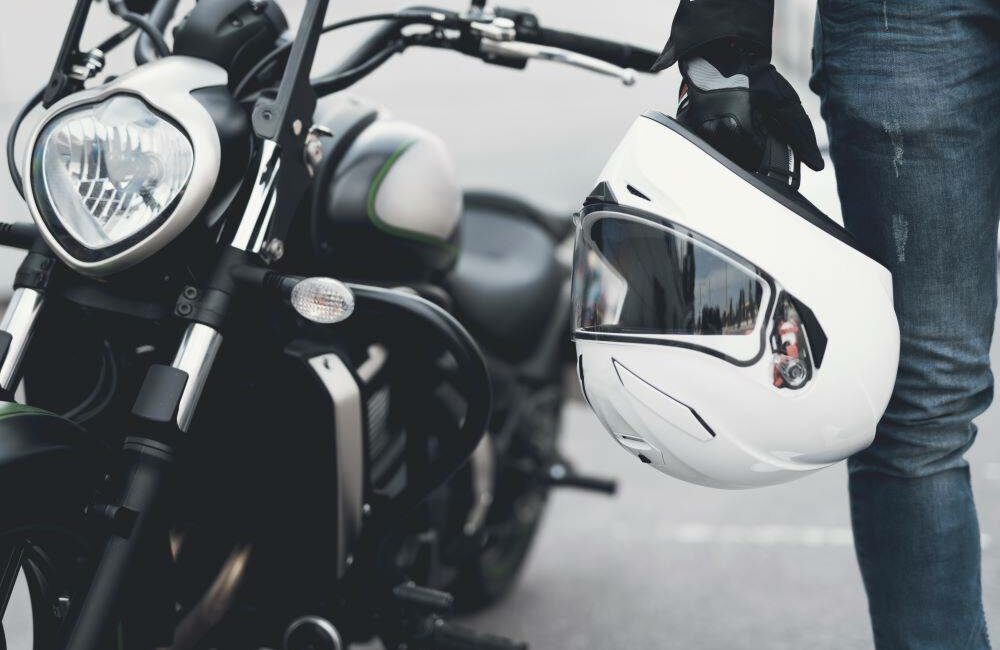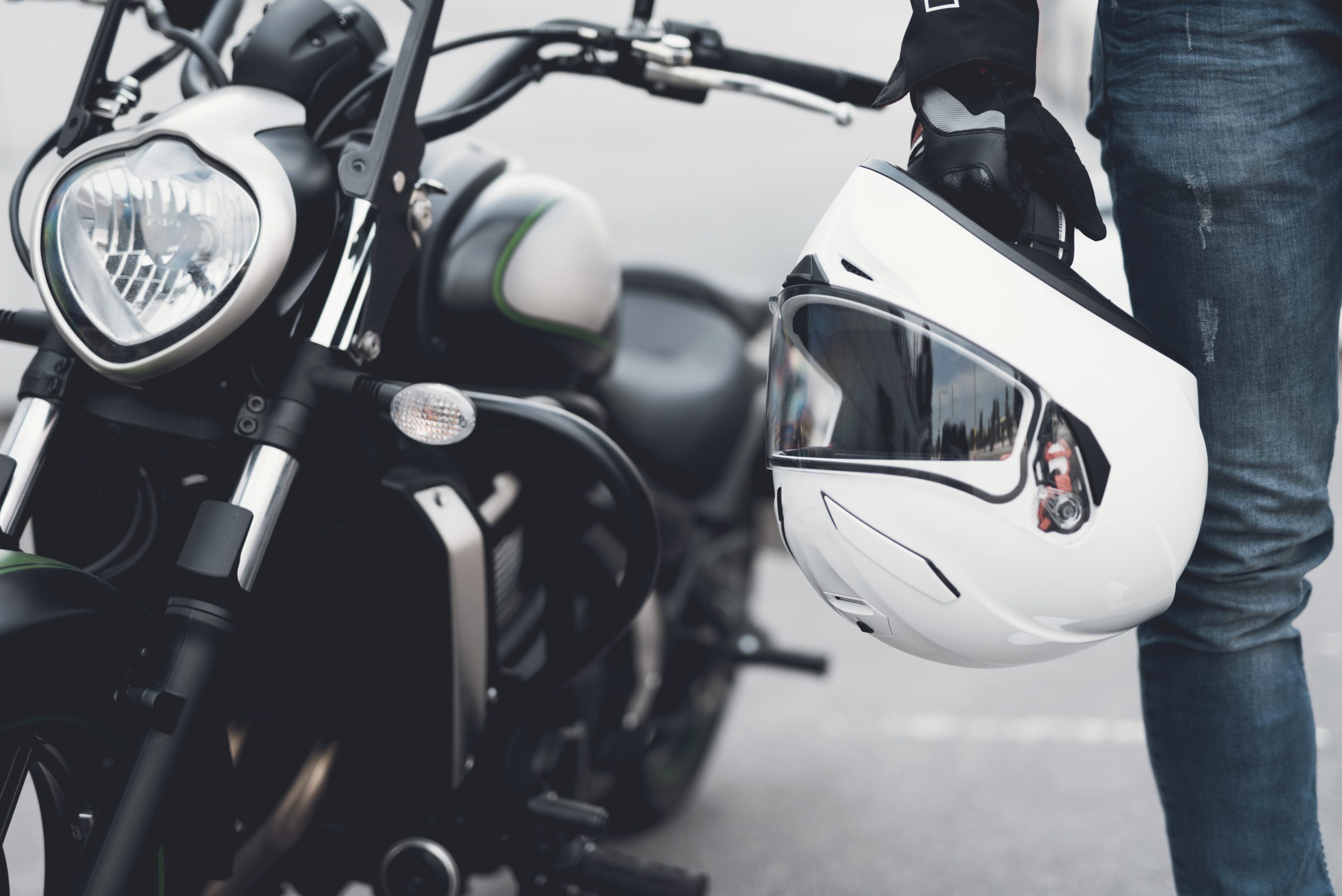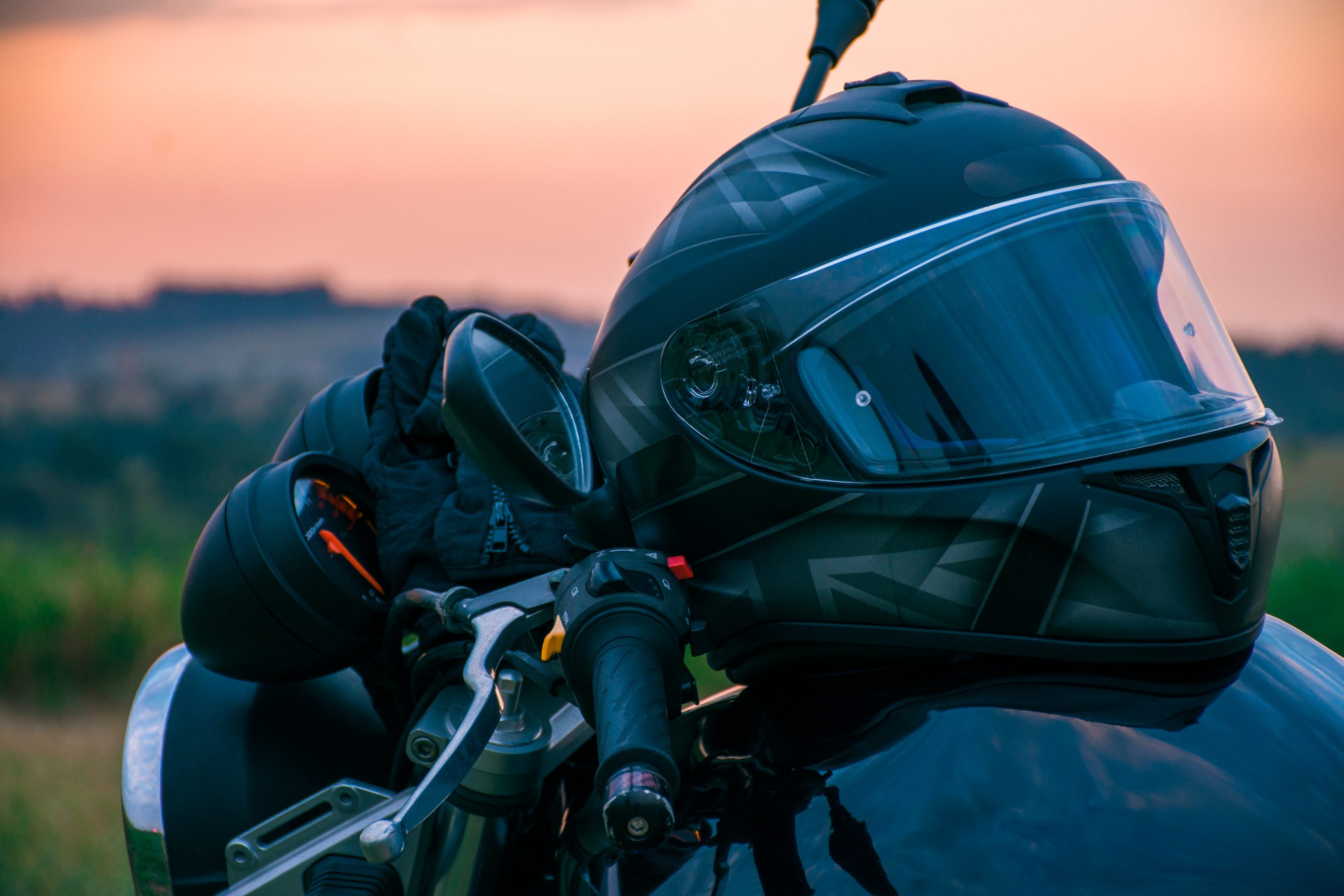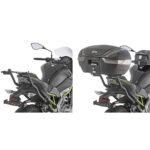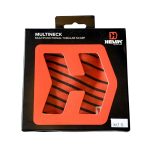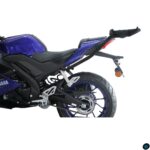Big bike helmets are protective equipment against possible dangers while riding. They are considered one of the devices that every biker must have according to traffic laws because this item has properties that help prevent injuries from accidents, which helps reduce the death rate in the event of a serious accident on the road.
However, that does not mean that all helmets are equally protective. How to choose a big bike helmet that is effective in terms of protection and meets your riding needs? Today, we have compiled some purchasing recommendations for you.
4 ways to choose a big bike helmet for safe driving, confident and worry-free.
There are many types of protective equipment for riding motorcycles on the road, including soft armor or jackets, protective pants, gloves, shoes for long-distance riding, and the main hero, a ‘helmet’, equipment that everyone must use according to traffic regulations. It is also the best protection against injury, since the head is a delicate organ. If it receives a severe impact, it can cause immediate disability or death.
Therefore, paying attention to the details of the helmet before purchasing is an important thing that big bike riders must spend some time on. At least in exchange for full efficiency, it also makes you worry-free when riding on the road.
Choose a big bike helmet size that fits your head.
The golden rule of choosing a helmet that must not be overlooked is the size that is appropriate for the rider’s head. It must be able to be worn comfortably, not too loose or too tight. An easy way to measure the size is to wrap a measuring tape around the widest part of the head, which is about 1 inch above the eyebrows. Then, compare the measured size with the helmet size chart to find the one that is most suitable and close to your head. When you have the desired size, check the inner lining and strength of the helmet to make sure that it can be attached to the head and performs its safety function well.
Choose a full-face helmet or one that completely covers your face.
Full-face helmets are the helmets that provide the best safety and head protection. This is because standard helmets that cover the head and cover the entire face will have components such as a face shield made of strong, durable glass that can withstand impacts and scratches from various things very well. They also help protect against wind and dust, preventing them from entering the eyes and interfering with vision while driving. They also help protect the driver’s head from impacts.
Choose from a range of suitable weights
A good helmet should have the right weight. It should not be too heavy to cause pain while wearing it, or too light. This is because lightweight helmets are usually made from low-quality materials and are not strong enough. Therefore, they are not effective in preventing injuries at all, or may not be able to prevent anything at all.
Choose a helmet that meets industry standards.
Every product has its own standards to support its usage, and helmets are no different. If you want to be sure that the helmet you choose will help prevent danger and reduce injuries from accidents, you can check the standard symbols that confirm that the helmet has been produced from quality materials and meets safety standards for use on the road.
There are many types of helmet standards as follows:
DOT Standard (FMVSS218)
A comprehensive standard covering both performance testing and factory production testing to determine whether production capacity is sufficient to meet demand. This standard is set by the US Transportation Department.
SNELL 2000 standard
A standard that is accepted by many countries. Helmets that will receive this confirmed standard must be constantly improved and developed. The testing principles are the strength of the helmet, durability when there is an impact, and comfort while wearing it. If you order a big bike helmet from abroad and want one that provides both safety and comfort, look for this standard.
E2205 standard
A widely used standard in Europe, it has undergone severe 3-axis impact testing, making it a well-known and accepted standard for selecting helmets for use in motorcycle racing.
JIST 8133 : 2000 standard
A standard that combines the outstanding tests of DOT and E2205 standards, it is a standard applicable in Japan. The tests are divided according to each type of helmet.
TIS standards TIS369-2539
A standard that we are familiar with because it is used in Thailand. There is a law that requires every helmet to be marked and pass this standard. Currently, this standard is more universal by being used in conjunction with international standards such as UNECE R22.
For anyone looking for a leading brand of big bike helmet that can be trusted in terms of production standards and safety, you can come and see the actual product at Bikemate Rama 3 branch from Monday – Friday 10:00 – 18:00 and Saturday – Sunday 11:00 – 18:00 or ask for more information at 02-240-1331 and Email in**@bi******.net
[/vc_column_text][/vc_column][/vc_row]

